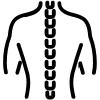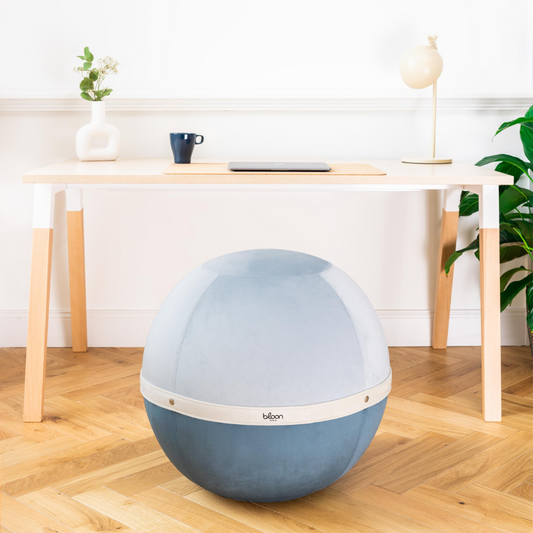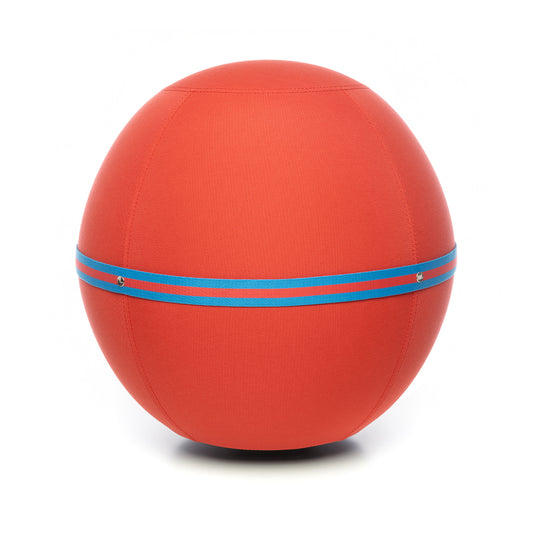A fall on your back can have a variety of health consequences and requires an appropriate response to minimize damage. Whether it's an accident at home, outdoors, or during sports, injuries can be muscular, bone, or even neurological.
You're probably wondering how to react and relieve pain after a fall on your back? In this article, we'll give you the right actions to take to promote optimal recovery.
Types of injuries caused by falling on the back
A fall on your back can cause various types of injuries, ranging from muscle damage to neurological damage. Here's an overview of the most common consequences:
Muscle injuries
When you fall on your back, your back muscles can be sprained, strained, or even torn. These injuries can cause severe pain and limited movement.
Bone lesions
A fall on your back can also cause fractures in the spine, ribs, or other bones in the back. These fractures may require medical attention and take longer to heal.
Neurological damage
In the most severe cases, a fall on the back can cause neurological damage, such as spinal cord injuries. These injuries can have serious consequences on mobility and bodily functions.
The right actions to take after a fall on your back
After a fall on your back, it's essential to take the right steps to promote recovery and relieve pain. Here are our tips:
Relieve pain after falling on your back
Apply cold to the affected area to reduce inflammation. Use heat, such as a hot water bottle, to relax muscles and relieve tension. If necessary, take appropriate pain relievers to relieve pain.
Consult a physiotherapist for rehabilitation
After a fall on your back, it is important to consult a physiotherapist who can guide you through appropriate rehabilitation exercises to strengthen your muscles and promote recovery.
Try osteopathy or yoga
These complementary approaches can help relieve pain and improve mobility after a fall on your back. Don't hesitate to consult a qualified professional to benefit from these treatments.

Discover our article on when to consult an osteopath .
Relieve pain after falling on your back
When dealing with pain after a fall on your back, there are several approaches to relieve discomfort and promote healing. Here are some helpful tips:
Apply cold to reduce inflammation
Applying ice to the injured area can help reduce inflammation and relieve pain. Wrap an ice pack or ice cubes in a clean cloth and gently apply it to the painful area for about 15 to 20 minutes at a time. Repeat this procedure several times a day, allowing rest periods between each application.
Use heat to relax muscles
Once the inflammation has subsided, applying heat can help relax stiff and tense muscles. Use a hot water bottle, heating pad, or take a warm bath to gently warm the affected area. Be careful not to apply excessive heat and burn your skin.
Take appropriate painkillers
To relieve pain, you can take over-the-counter pain relievers such as acetaminophen or nonsteroidal anti-inflammatory drugs (NSAIDs) such as ibuprofen. However, remember to follow the manufacturer's instructions and consult a healthcare professional if necessary.

Common types of accidents that result in falls on the back
Falls on the back can occur in a variety of settings. Here are some examples of common accidents:
Falls on the back at home
Household accidents, such as falling down the stairs or slipping in the bathroom, can cause back injuries.
Falls outside
Falls on the street, slippery sidewalks, or uneven surfaces can also cause back injuries.
Physical activities and risky sports
Sports activities such as skiing, snowboarding or contact sports carry an increased risk of falling onto the back.
Preventing falls: best practices
Fall prevention is essential to reduce the risk of back injuries. Here are some tips to help you prevent falls:
Arrange your living space
Make sure your home is well lit by installing sufficient lighting in all rooms.
Remove obstacles and objects that could cause you to trip, such as slippery rugs or poorly placed electrical cords.
Use handrails on stairs and hallways for support and to prevent falls.
Strengthen your muscles and balance
Regular exercise can strengthen your muscles and improve your balance, reducing the risk of falls. Try muscle-strengthening and balance exercises, such as tai chi, yoga, or walking.
Consult a healthcare professional or qualified trainer for advice on exercises appropriate for your situation.
Use protective equipment for risky activities
When engaging in risky activities, such as skiing or snowboarding, wear appropriate protective gear such as helmets, knee pads, and elbow pads. This can help prevent serious injuries in the event of a fall.
By adopting these best practices and remaining aware of your surroundings, you can significantly reduce the risk of falls and maintain back health. Be sure to consult a healthcare professional for personalized advice tailored to your situation.
FAQ: Falling on your back
How do you know if a back injury is serious?
If you have suffered a back injury and are experiencing severe pain, an inability to move or bear weight, or difficulty urinating, it is important to seek immediate medical attention. They will be able to assess the severity of the injury and provide appropriate care.
When should you seek medical help after a fall on your back?
After a fall on your back, we recommend consulting a healthcare professional if you experience persistent pain, stiffness, muscle weakness, or difficulty moving. Even if symptoms seem mild, it's best to have the situation assessed to rule out any internal or invisible injuries.
How do you know if a fall is serious?
A fall is considered serious if you experience severe pain, cannot move or bear your weight, or have difficulty breathing. In such cases, it is crucial to seek immediate medical help.
How do you know if you have a fracture after a fall?
If you have suffered a fall and are experiencing symptoms such as a visible deformity, severe pain, swelling, or tenderness around the affected area, you may have a fracture. In this case, it is important to consult a healthcare professional for an accurate diagnosis and appropriate treatment.
When to worry after a fall?
After a fall, it is recommended to be concerned and consult a healthcare professional if you experience persistent pain, muscle weakness, inability to move or perform daily activities, or if you have symptoms such as dizziness, severe headache, nausea or vomiting.
When should you consult a doctor after a fall?
After a fall, we recommend consulting a healthcare professional if you experience symptoms such as severe pain, inability to move, visible deformity, or if you have any health concerns. It's best to have the situation assessed to ensure proper care and prevent any potential complications.



















